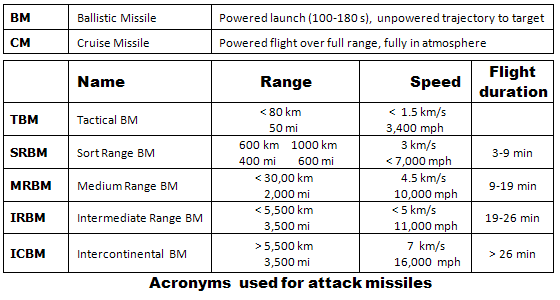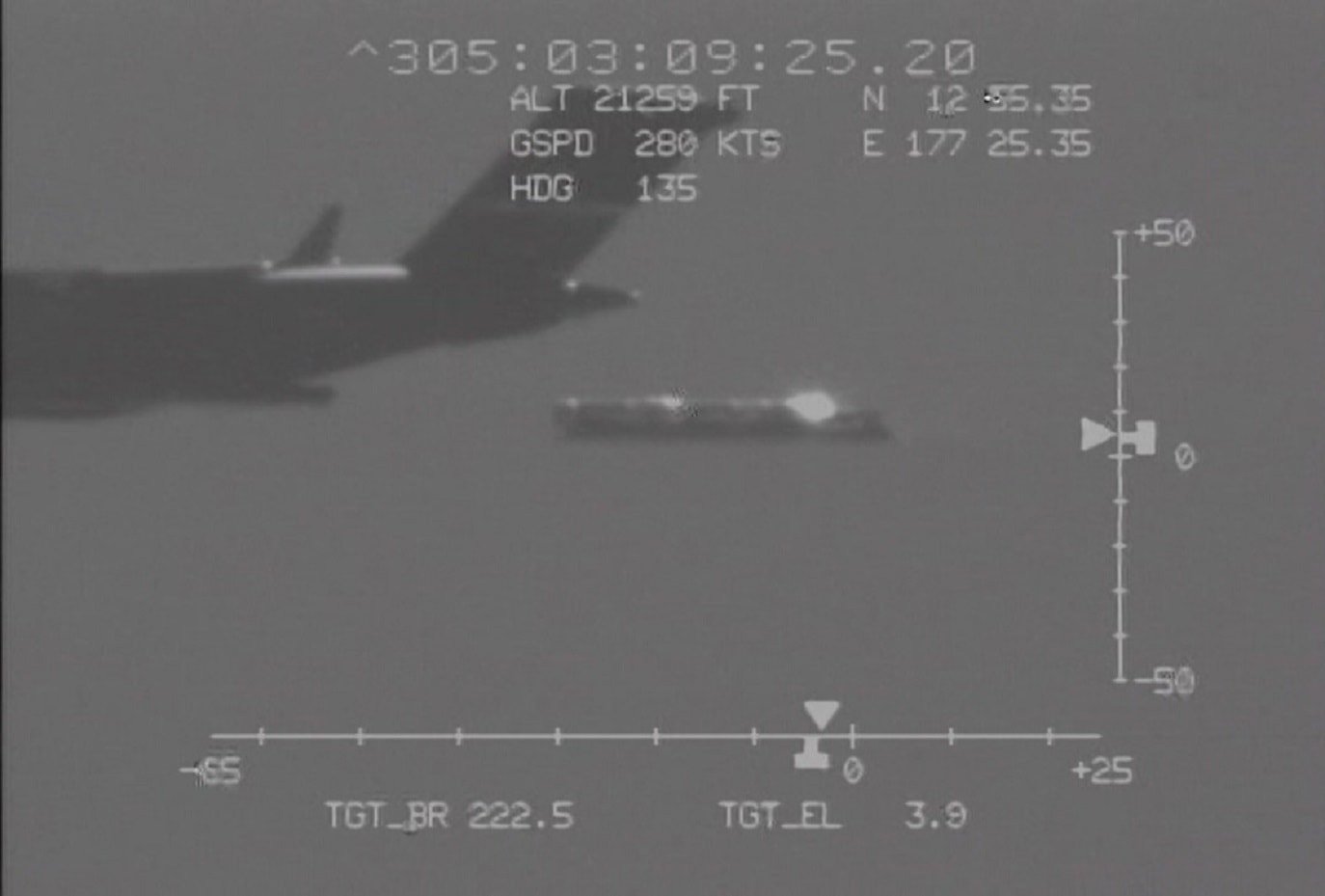Good discussions so far, lets keep it up.
War is all about who you are fighting, why, where and how. In this discussion, lets make sure we keep the "where" part in mind closely. This will not be a naval vs naval warfare in open oceans, rather we are discussing Iran's A2/AD capability starting from the Persian Gulf and extending beyond; context makes all the difference. I have been following American missile defence programs closely and to be frank with you, they are not on the level that you are assuming. Yes they have made good developments, but their capability is not on the level to reliably and consistently deal with these "new" missile threats, more specifically "lower tier" and full on Hypersonic Glide Vehicles (HGVs). Iranian missiles today in the form of Zolfiqar, Haj Qassem etc are "lower tier" hypersonic glide vehicles, in the sense that they are somewhere in between purely ballistic missiles and full on HGVs. Have a read of the very interesting paper below to see the important differences between the types of missiles today:
THE MISSILE THREAT: A TAXONOMY FOR MOVING BEYOND BALLISTIC
Missiles are not just ballistic anymore, even many of the ones that are called ballistic. We need to evolve accordingly. Using old classifications, we risk mischaracterizing the threats missiles pose and pursuing incorrect and ineffective ways to mitigate them. The new approach offers a more...

aerospace.org
View attachment 676071
These definitions are important because when we talk about the ability of a missile defence to defend against missiles, we need to consider the different types. I have not seen much evidence to think the likes of SM-6 could deal with the newer Iranian systems, they fall short kinetically. That is not to say it is impossible for them to destroy the targets at all, but remember to be useful, these missile defences have to
reliably and consistently destroy their targets. There is no evidence the likes of SM-6 can deliver that against these likes of Zolfiqar Bair, H-Qassem, K1/2 etc in the manner I outlined above . I think
@PeeD @AmirPatriot could share theirs thoughts if they are free. The Americans have yet to simulate these new missiles and to show the success of these defences against them.
More-over, do not forget that a major part of Iran's tactics is to overwhelm the enemy's air defences. Meaning even if in this hypothetical scenario the Americans could deliver a 100% 1:1 kill ratio (not even close to reality), they would eventually be saturated (recall the "where"). Other issues such as decoys, E-warfare etc are nothing new to Iran. If one could speak Persian you could see ample articles on these issues in the Iranian corners of the internet. So I think this notion that these Anti ship ballistic missiles not possessing a major threat to the US navy does not mirror reality right now. But this is a cat and mouse game where the other side is constantly creating new defences so likes of Iran and China must and will keep up.











